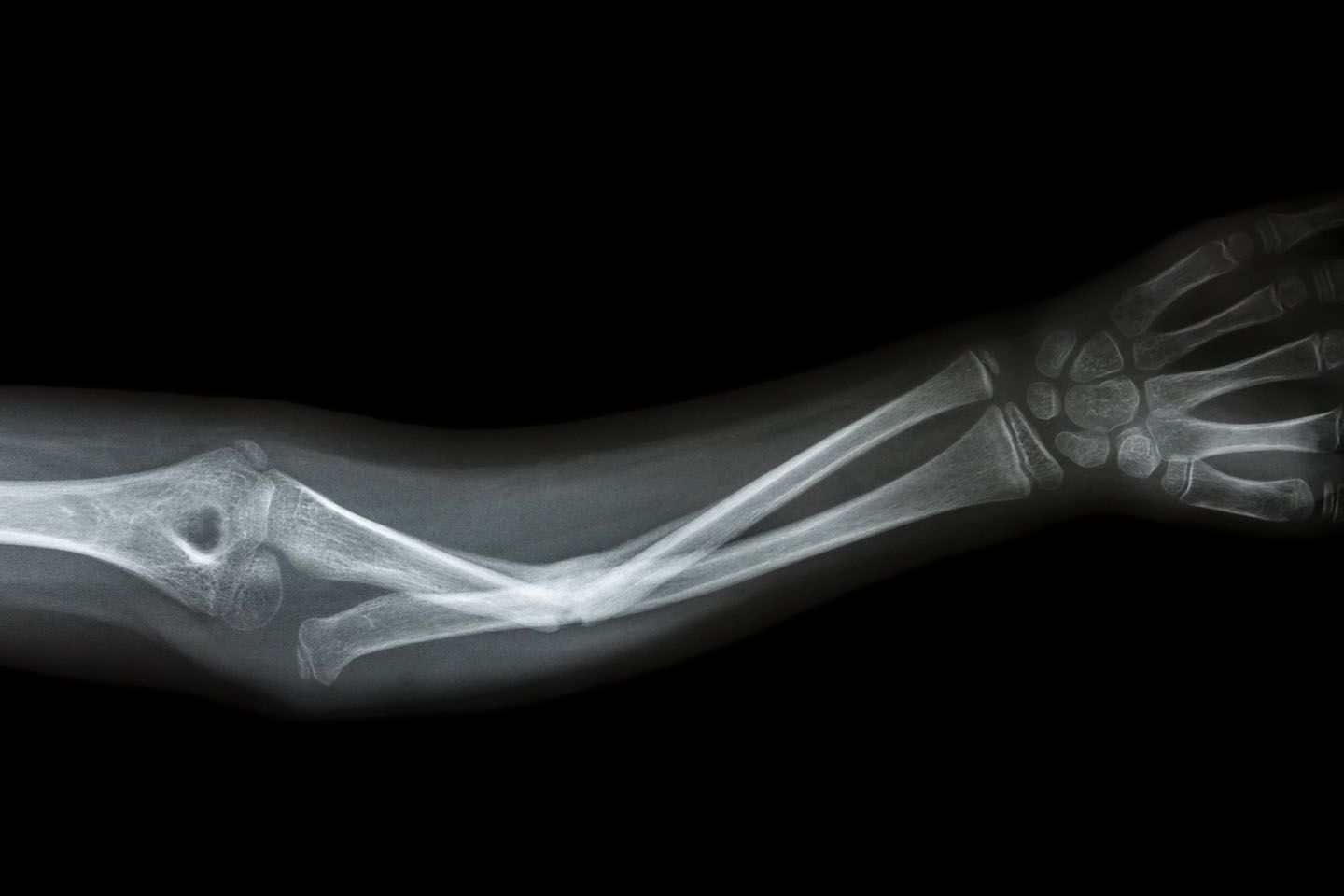Broken Arm Treatment Can Include Casts, Therapy, and Surgery
A broken arm can debilitate and inconvenience your everyday life, hindering your performance at work, at school, and around the home. At his Austin, TX, practice, Dr. Gregg A. Vagner can treat various types of breaks, including damage to the ulna, radius, and humerus. He provides both surgical and nonsurgical broken arm treatment. The right option for you will depend on the extent of the damage.
To determine the most appropriate protocol, he will conduct a complete exam. In addition to taking X-rays, he will also asses your arm movements and look for any damage to the soft tissues. Dr. Vagner takes a conservative approach and will never recommend avoidable surgery. At the same time, he is committed to restoring your mobility and quality of life.

Types of Breaks: Understanding Arm Anatomy
A break can occur in any of the three bones in your upper and lower arm:
- The radius, which extends from your elbow to the thumb side of the wrist.
- The ulna, which runs from your elbow to the pinky side of the wrist.
- The humerus, which runs from your shoulder to your elbow.
When a fracture occurs in either the radius or the ulna, it is also referred to as a forearm fracture. In many cases, a break so close to the hand is also accompanied by a wrist or hand fracture.
Depending on the circumstances of the injury, the bone may break in a minor hairline fracture or in move completely out of its normal position. In some cases, protruding bone can damage the nearby muscles, ligaments, blood vessels, or skin. While the exact symptoms will depend on the severity of your break, they can include:
- Pain, especially with movement
- Swelling
- Bruising
- Difficulty rotating the arm
- Visible deformity
Whether the result of an accident or an athletic injury, these symptoms are almost always immediately obvious.
Treatment Options
When you come into the office, Dr. Vagner will first take a series of X-rays of your arm to determine the exact location and angle of the break, as well as the current alignment of your bone. If you only have a minor break, he may simply immobilize your arm with a cast, sling, or both. Medications can also help to reduce inflammation and discomfort.
If your bone has moved out of position, he will typically need to set the arm or replace the two sections of bone. While this is normally done manually, in more severe cases he may need to surgically place plates, screws, or other devices to keep the two sections of bone in line while it heals. If there is any damage to surrounding soft tissues, he can address this at the same time. If your broken bone has penetrated the skin, timely treatment is necessary to prevent infection and other serious complications.
After treating the break, Dr. Vagner typically recommends physical therapy to strengthen the muscles and prevent atrophy during the healing process. Specific exercises help rebuild muscle strength and encourage circulation. Typically, you will add new routines after your cast comes off. It is important to follow the prescribed protocol to restore your complete range of motion.
Set the Foundations for a Successful Recovery
If you have suffered a broken arm, expert treatment can prevent lifelong damage. Contact our office online or call (512) 454-4561 to schedule an appointment with a truly outstanding orthopedic surgeon.
